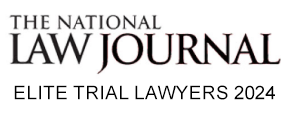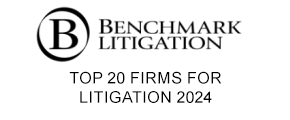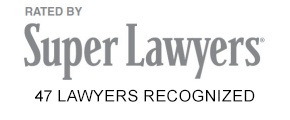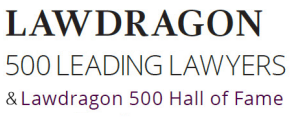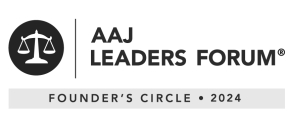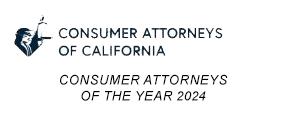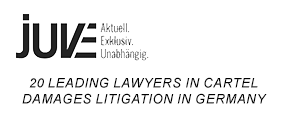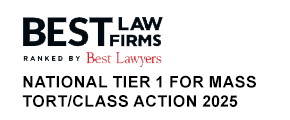Well over 100 Americans die every day from prescription opioid drugs – over 36,000 American each year. These accidental drug overdoses are the leading cause of death for individuals under the age of 50 in the United States. The costs of this horrific opioid epidemic have crept up on local and larger government bodies much in the same way the addictions themselves sneak up on individuals.
“The costs build up slowly over time, so you almost don’t even notice it,” Nashville-based Lieff Cabraser partner Mark P. Chalos told Governing.com. Chalos, whose law firm counsels counties considering opioid-related lawsuits, added, “But when our people really started to dig into budgets, they realized the costs are more significant.”
For example, the state of Pennsylvania estimated it spent $5 million a year on the overdose-reversal drug naloxone alone. The city of Middletown, Ohio measures its daily costs at $1,140 for each ambulance run due to an overdose incident. As these and similar drains on government resources grow and spread, measuring the direct and indirect costs of the opioid epidemic can be extremely difficult.
According to Governing.com, “most opioid-related costs on things like health care, social services and criminal justice spending are harder to measure. That hasn’t stopped some groups from trying. If governments can get a more complete picture of how much they’re really spending on the epidemic, it could help them argue for more funding.”
Unfortunately, governments don’t tally how much they’re spending on opioid-related matters until it becomes a noticeable part of their budget. Often, local governments are “caught by surprise when drug-related deaths start to occur, causing public safety expenses to spike,” said Joe Roualdes, head of communications for the data platform OpenGov. “It then takes counties a certain amount of time to develop a plan, reduce drug-related deaths and get their budgets back on track.”
“Just speaking anecdotally, there could be twice as many opioid overdose deaths than we’re recording,” Chalos explains, “or even more than that. That’s the problem with having a lack of data — you can only speculate.”
Ongoing Harm from the Opioid Catastrophe in Tennessee
The opioid drug catastrophe has resulted in a flood of opioids available for illicit use or sale in and around Tennessee, and it has created a population of Tennessee patients physically and psychologically dependent on these drugs. When those patients can no longer afford or legitimately obtain opioids, they often turn to the street to buy illegally diverted prescription opioids or heroin or other illicit opioid drugs. The harm to these individuals, to their families, and to the communities around them is a continuing tragedy that is straining the lives and resources of cities and communities, including hospitals and health care, insurers, law enforcement and fire and medical emergency personnel, courts, government administration, child and infant care, prisons, and schools and educational facilities.
About Mark Chalos
The managing partner of Lieff Cabraser’s Nashville office, Mark Chalos represents individuals who have suffered catastrophic personal injuries and families whose loved ones died due to the negligence or misconduct of others. He has obtained millions of dollars in settlements for families who have been harmed by wrongful conduct.
Through jury trials, Mr. Chalos has held wrong-doers accountable, including representing 32 school children who were videotaped undressing in their school locker room ($1.28 million jury verdict) and a young woman who suffered a severe brain injury in a car wreck (nearly $4 million jury verdict). He also obtained an $8 million arbitration award on behalf of a business client.
Contact us
Use the form below to contact a lawyer at Lieff Cabraser.


